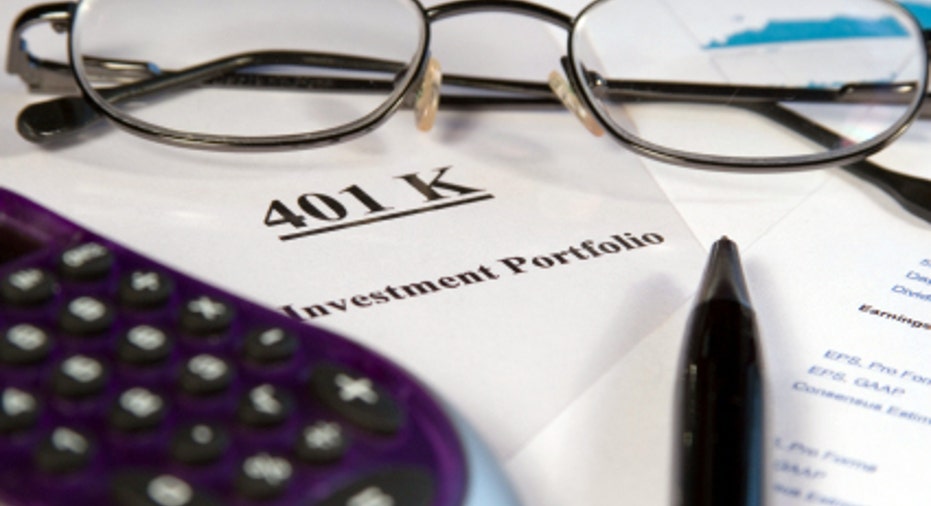3 401(k) Moves You Can Make in Retirement

There’s no shortage of advice, information and savings tools available when you’re building a nest egg, but there are not as many resources available when it comes time to live off the savings.
How and when you take a distribution can have a big impact on the amount of taxes you pay in retirement and how long your savings (which often took years to build) lasts.
Everyone knows they need to save and invest for retirement, but when the time comes to leave the workforce, many people find themselves scratching their heads thinking, “now what?” says Scott Holsopple, managing director of retirement solutions at The Mutual Fund Store.
“The purpose of saving for retirement is to produce income in retirement. When you don’t have a job, you need to figure out how to produce that income with your savings.”
As life expectancy continues to increase, people need to plan to live off their retirement funds longer. When it comes to tax-advantaged retirement savings accounts, money managers detail three options for investors once they retire.
An easy one step, granted you have more than $5,000 in their 401(k) account, is to do nothing and take distributions when needed. According to Sarah Walsh, vice president of retirement solutions at Fidelity Investments, leaving the funds in the existing retirement account makes sense for individuals who like their current investments or are invested in something unique that they might not have the opportunity to invest in elsewhere.
“If you are at least 55 years old when you leave your job, your plan allows you to take penalty-free withdrawals,” says Walsh. Each plan varies in terms of their rules governing how often and how much you can withdraw, so make sure to know plan’s rules before withdrawing from a 401(k).
Another option, one that many investment professionals favor, is rolling your 401(k) into an IRA. The move typically gives retirees a wider range of investments to choose from, and it affords the ability to put all your retirement savings accounts under one roof.
“Over the years, if you had a couple of different jobs, you might have an IRA funded outside your 401(k),” says Holsopple. “It’s a good idea to have it all in one place.” Keep in mind that if you are under the age of 59 ½, you’ll face penalties of 10% on any withdrawals from your IRA.
Unlike 401(k) plans, which have strict rules governing withdrawals, Walsh says people find IRAs attractive because they don’t have limitations on when and how much you can take out as long as you meet the minimum age requirement.
While in most cases you won’t pay any fees or face any tax implications when you roll over your money into an IRA, there could be fees. “There could be annual account fees, there could be low balance fees or a variety of other fees,” says Walsh.
You’re last option, and the one investment professionals say to stay away from if at all possible, is cashing out your retirement savings altogether when you enter retirement. If you have to go this route, expect to pay taxes on the entire distribution instead of spreading it out over time. The tax hit may be a lot higher than you are used to if the savings pushes you into a higher tax bracket, says Holsopple.
But the disadvantages don’t stop there. If you move the funds into a savings account, it will earn little interest. You can invest it on your own, but that could be risky if you aren’t that knowledgeable. “Of the three choices…putting it into a savings account is the least favorite,” says Holsopple. “You pay all the taxes at one point and a savings account only pays a small percentage rate of interest which is not enough to produce income for people.”



















